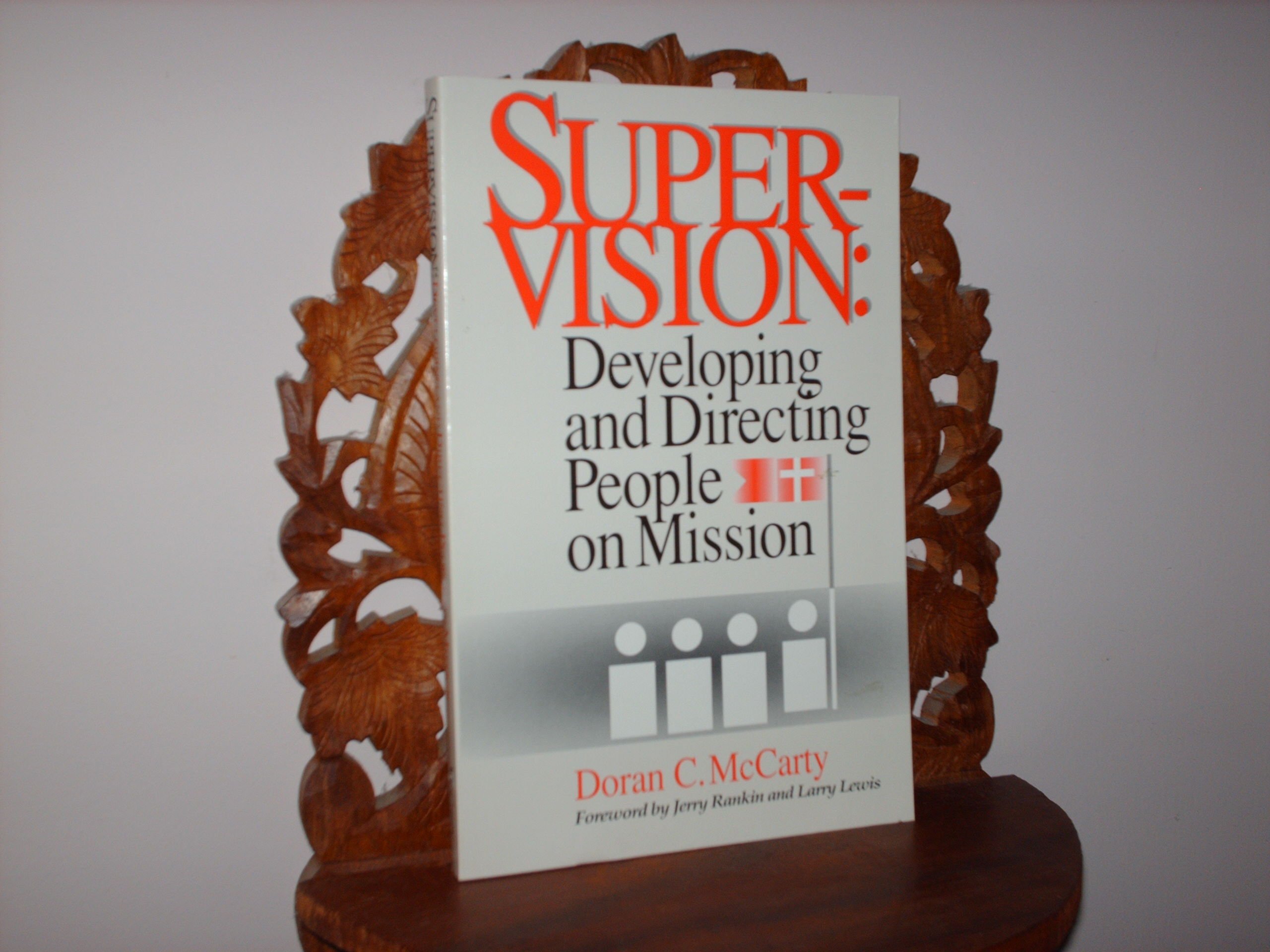
Super-Vision: Developing and Directing People on Mission by Doran McCarty
In a very broad stroke, this book deals with the mechanics of Christian supervision. The many-faceted role of a supervisor is discussed in this book. The elements, process, and methods of supervision are addressed. Supervision that is used in a variety of relationships (cross-cultural, volunteers, teams, and in special situations) is also illustrated.
I discovered many insights as a result of reading this book. I could find the description of a covenant along with a sample diagram (pages 63-65) useful. I found the explanation of the states of supervision (page 50) to be extremely useful. Having been a church pastor in another country, I could relate with the chapter on cross-cultural work (chapter 8). As church planter with accountability to two different supervisors, I could also relate to the supervision relations and their problems (page 77-80).
The book addressed the hermeneutical foundation of supervision in the first chapter. Using Old and New Testament role models, the chapter lays out the foundation for supervision. Supervision is a ministry, whether that ministry is in the church, a hospital, or elsewhere. The qualities of supervision are also presented (page 16-18). This book does not reveal the Biblical texts related to these qualities. The book describes the same qualities as is shown in Romans 12.
The fact that there is a hermeneutic for supervision, which leaves out the very definition of supervision the New Testament is odd. The role of elders and bishops (supervisors by office) is completely lacking in this text. One would expect that a book on supervision would address verses associated with the office.
The book seems to address the concerns of people in positions other than the pastorate. For example, chapters six and seven seem to address a supervisor of a large mission organization. At times the book addresses directors of mission, missionaries and leaders of large organizations, and not necessarily pastors. Perhaps this explains the absence of the role of the pastor as elder.
As I was reading through the book, it seemed to me that the author waited until near the end of the book to share some practical tips such as time management, confrontation, and conflict (page 127-141). I agree with these concepts, but I disagree with the idea that these concepts are “supervisory traps.” These practical problems are going to happen with anyone in leadership.
I consider this book as a supplement to the other books I have read on church planting. Many church planting books do not address the issue of accountability. At best, most books assume that a person can start a church without the need for supervision. This book challenges that notion. Every leader needs accountability, especially in the early stages of a church plant. This book, while coming from a mission organization perspective, can help a pastor understand the people to whom he is accountable.












